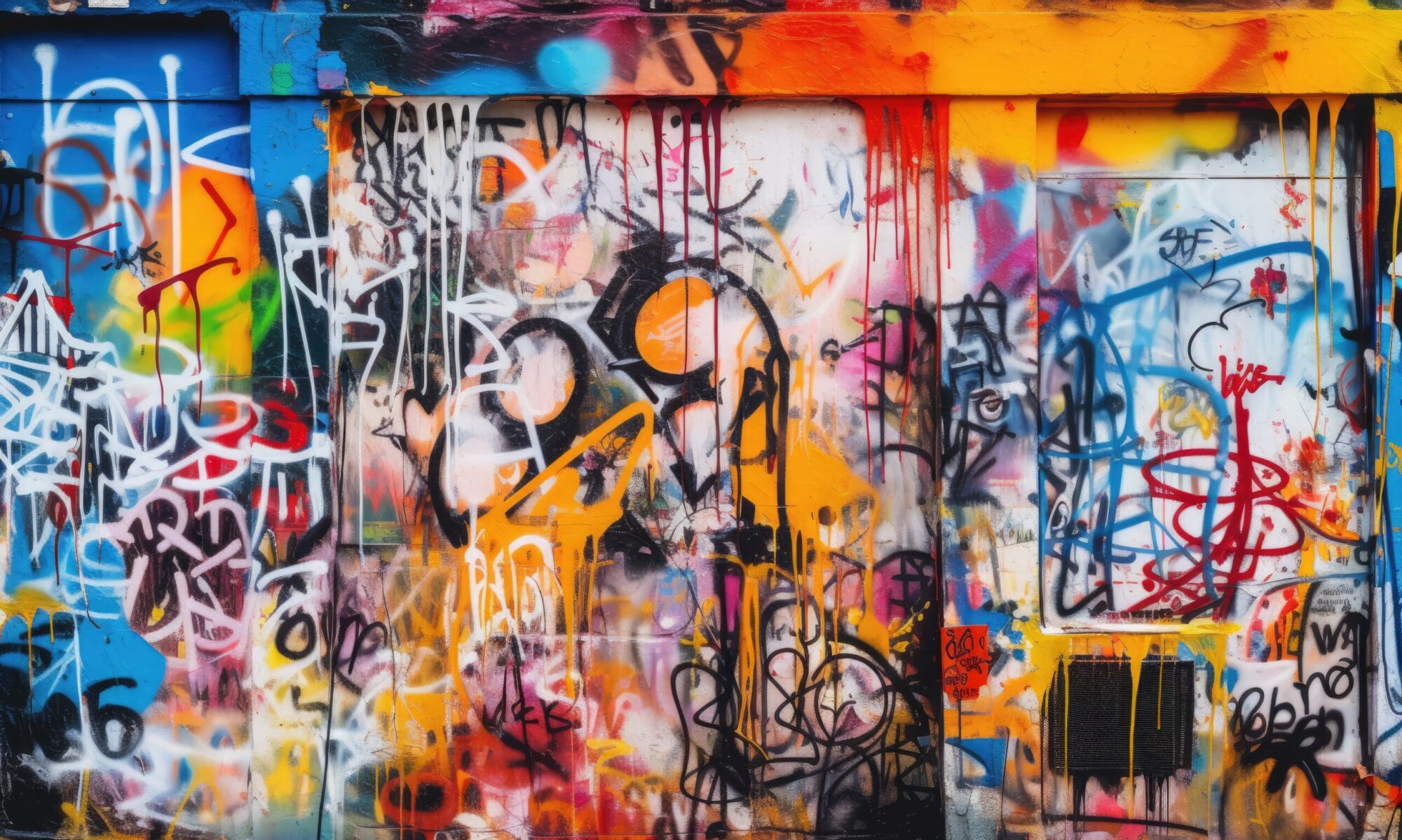This is the latest post in a series announcing resources created for the Scholarly Communication Notebook, or SCN. The SCN is a hub of open teaching and learning content on scholcomm topics that is both a complement to an open book-level introduction to scholarly communication librarianship and a disciplinary and course community for inclusively sharing models and practices. IMLS funded the SCN in 2019, permitting us to pay creators for their labor while building a solid initial collection. These works are the result of one of three calls for proposals (our first CFP was issued in fall 2020; the second in late spring ‘21, and the third in late fall 2021).
Today we’re excited to share “Labor Equity in Open Science” (available in the SCN OER Commons Hub). This work was created by CJ Garcia and Anali Maughan Perry. It presents clear, actionable guidance on a tremendously important topic . Here’s CJ and Anali to introduce Labor Equity in Open Science:
Labor Equity in Open Science is an interactive lesson plan designed to introduce MLIS students to labor equity issues in open science practices. During the lesson, students are given a researcher persona encompassing various professional and personal identities. Students are then given multiple scenarios and asked to predict how their persona would respond and why. Through group discussion and personal reflection, students consider the ways that researchers in different positions and with different levels of institutional support engage with open science. Students are also encouraged to consider how personal identity, such as race and gender, often intersects with professional identity, and how that contributes to wider, structural barriers that impact the adoption of open science practices. The lesson culminates in an opportunity for the students to brainstorm how they, as librarians, can address and alleviate these barriers. While starting the conversation is important, the lesson goes beyond this and bridges the gap between learning and action.
In addition to the primary lesson plan, we have provided supporting material for instructor and student use, including an instructor presentation as well as student handouts with persona and scenario details. These are designed to facilitate both in-person and online, synchronous learning. We also include an alternative assignment that invites students to develop their own personas and scenarios to add to OER Commons and help the OER grow as a living resource while also providing a practical opportunity to introduce MLIS students to the OER ecosystem.
Throughout my time in graduate school, I became more and more invested in open science and scholarly communication, and was eager to contribute to conversations in this area. At the same time, I often found myself frustrated by many of the conversations I saw happening in the field that often neglected the human labor element of open science. Librarians and researchers are partners in creating an open system of scholarly research, and so we need to be in tune with the needs of researchers. Open science is often lauded as a mechanism by which the process of research can be more just and equitable, but as it stands open science relies on a vast amount of unpaid and often under-recognized labor. For many researchers, participating in standard open science practices may be impossible to do without jeopardizing one’s career or work-life balance. I know that finding a way to advance open science in a way that suits everyone is no easy task. That is why we built the lesson plan to be a conversation-starter and challenged students to start brainstorming solutions. Finding solutions is never easy, but it always starts by recognizing the problem, learning, reflecting, and collaborating.
Being able to contribute to the SCN was a fantastic opportunity to create the type of lesson we would have liked to receive while in graduate school, share it in a trusted open repository, and ensure it reaches our target audience of scholarly communication instructors and practitioners. We hope it will help generate increased awareness of researcher perspectives and consideration of the barriers they may face when trying to participate in open science practices.
About the Authors
Primary author CJ Garcia is the Liaison and Communications Librarian at A.T. Still University. He gained his MLIS from the University of Arizona in May 2022. He specializes in scholarly communication, online learning, and user experience. He is particularly interested in how open science practices in health sciences research translates to better patient outcomes. Outside of librarianship, he likes to play video games, build legos, and buy increasingly expensive toys for his cats.
Anali Maughan Perry is the Scholarly Communication Librarian at Arizona State University’s ASU Library where she leads institutional efforts to provide outreach and education to the ASU community regarding scholarly publishing and copyright, with particular emphasis on fair use, open access to scholarly information, and open education.
